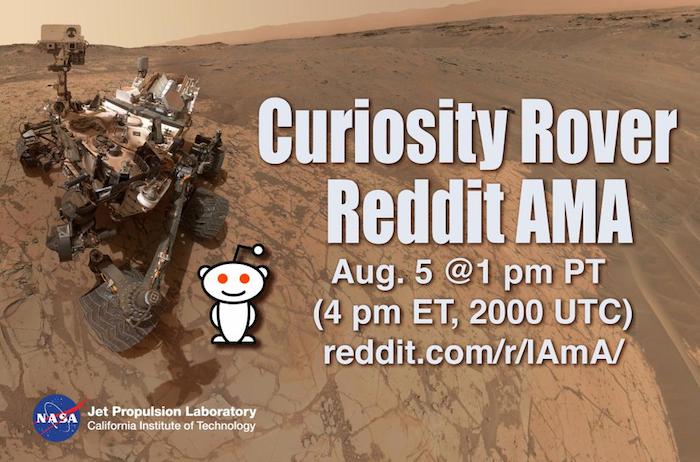.

Three Years on Mars
-
Hi I’m Ashwin Vasavada, project scientist for the Mars Science Laboratory mission and this is your special edition, 3rd Anniversary Curiosity Rover Report.
It's a summer of milestones for Mars Exploration. Fifty years ago, Mariner 4 became the first spacecraft to take close-up pictures of Mars. Thirty-nine years ago, the Viking 1 Lander became the first spacecraft to successfully land on the Red Planet. And now, Curiosity celebrates 3 years on Mars -- operating well over a thousand Martian days.
Since its arrival in August 2012, Curiosity has driven nearly eleven kilometers from its landing site to the foot of Mount Sharp within Gale Crater. The first year was spent traversing through ancient streambeds and exploring Yellowknife Bay, the site of an ancient lake. That’s where Curiosity drilled samples from the lake floor to reveal mineral evidence of long-lived, fresh water. It also found carbon-containing organic molecules and nitrogen in a form usable to life. So if life ever were present on Mars, a site like Yellowknife Bay could sustain it.
Then Curiosity put the pedal to the medal to get to Mount Sharp. That’s when engineers noticed excessive wear on the rover's wheels. A lot of work went into understanding the cause and how to avoid it. But now we're confident that the wheels can take us where we need to go.
It’s been quite a road trip. Curiosity drilled at the Kimberley, drove through long valleys and took pictures of roadside geology before finally reaching the bedrock at the base of Mount Sharp.
We spent several months studying these rocks at Pahrump Hills. The science team has been fascinated by all the signs of ancient water at Mount Sharp. It's likely that Gale Crater once hosted many rivers and lakes, carrying sediment to the crater floor that now forms the bottom layer of Mount Sharp.
Now that we're climbing through the foothills of the mountain, the driving is challenging. The team relies on images from the Mars Reconnaissance Orbiter to find safe paths to interesting geologic targets.
Getting to the current rover location at Marias Pass required a steep climb up a 6-meter hill. As we climbed the hill, Curiosity's ChemCam laser spectrometer noticed unusually high amounts of silica in nearby rocks. What might that mean? Were the environmental conditions friendly or hazardous to life? Could the silica have preserved organic molecules in the rocks for us to study today? We’re hoping to find out.
None of this would be possible without the dedicated team of rover engineers here at JPL. Every day that we operate Curiosity, a downlink team studies the information sent by the rover and makes sure it’s healthy and ready to proceed with the next activities.
Then an uplink team then turns the desires of the science team into sequences of commands that can be safely executed by the rover. It’s an intense process that takes about nine hours every day.
So congratulations to the team and happy anniversary to Curiosity. Keep on going!
Quelle: NASA
3970 Views
